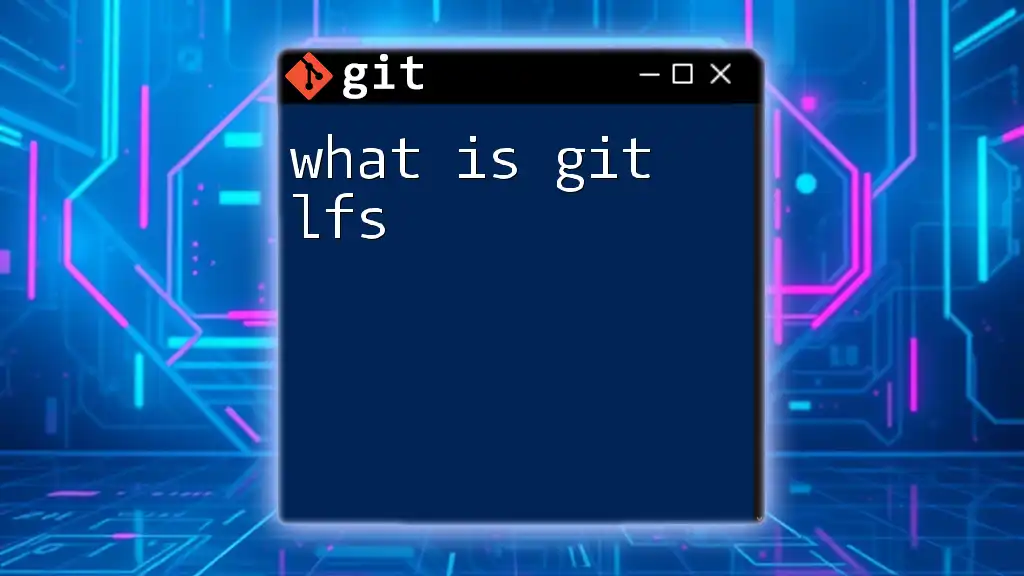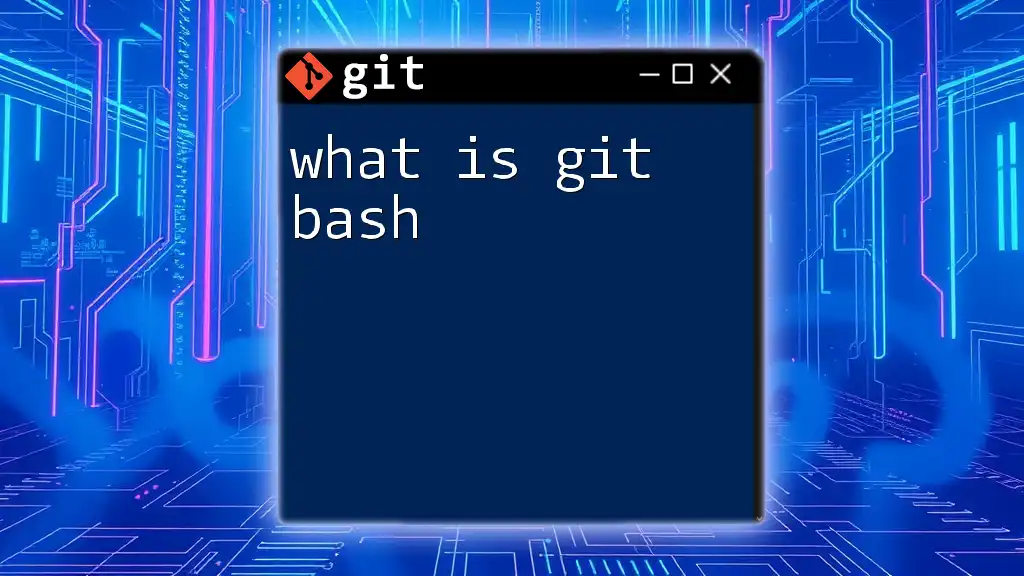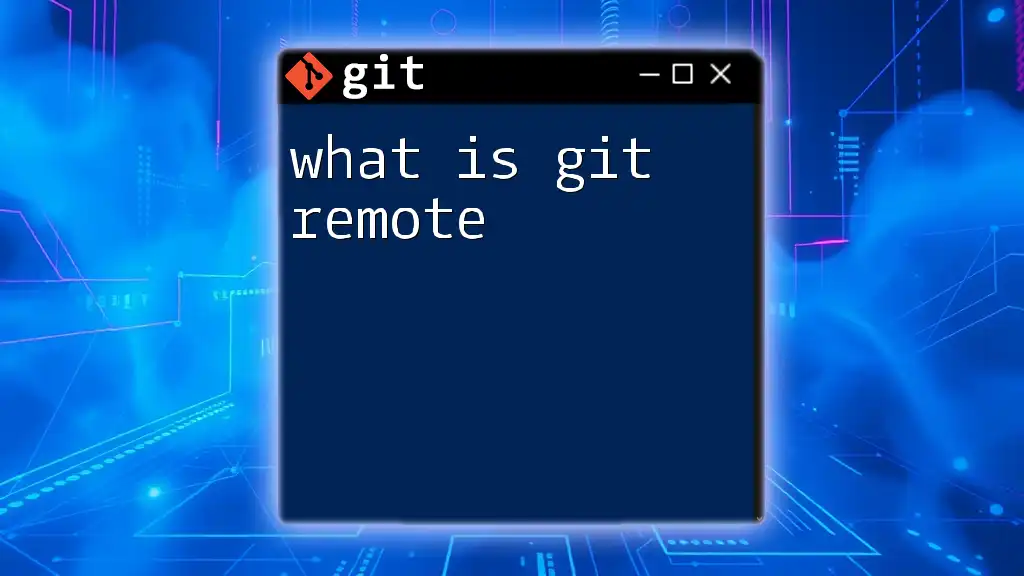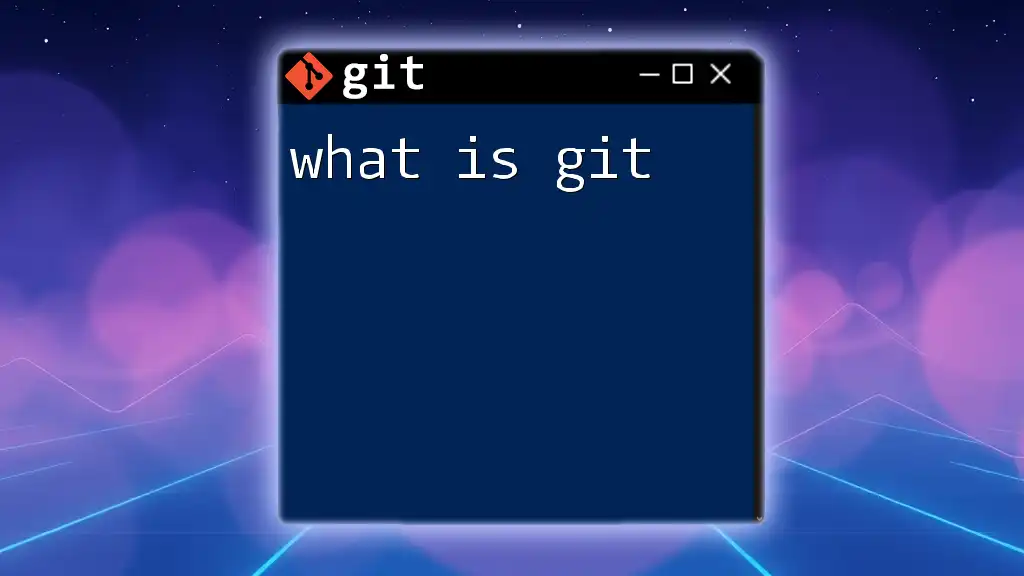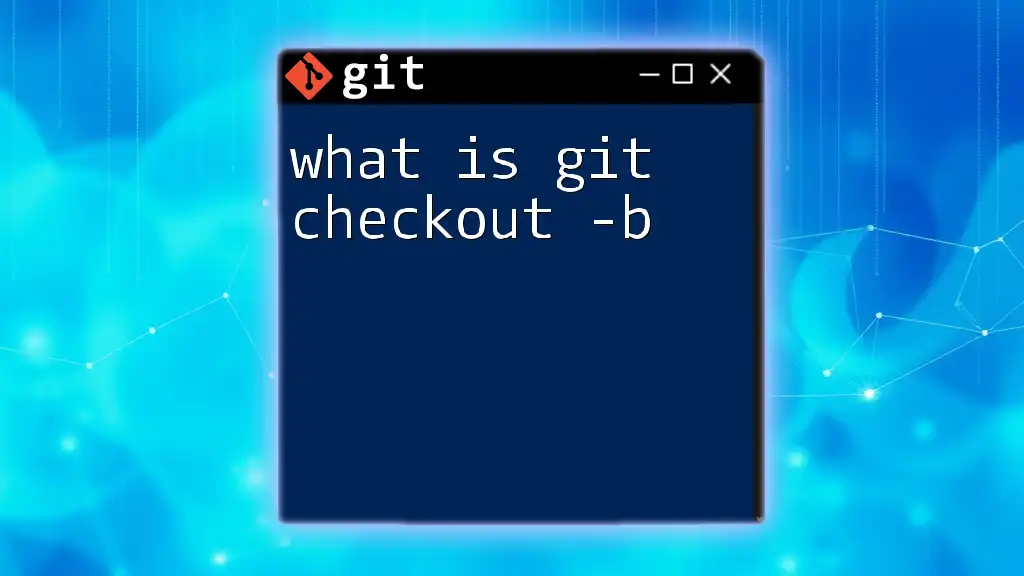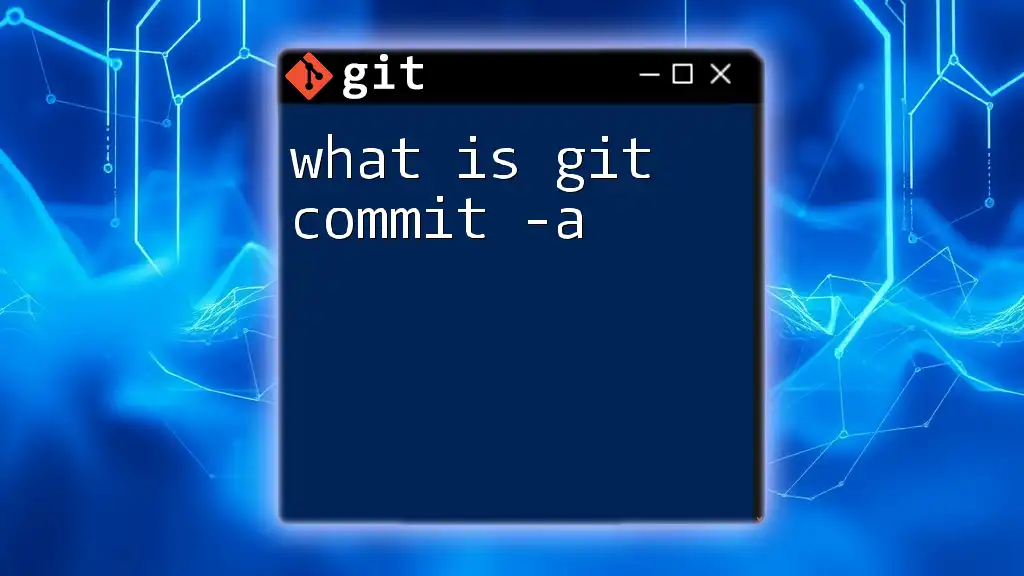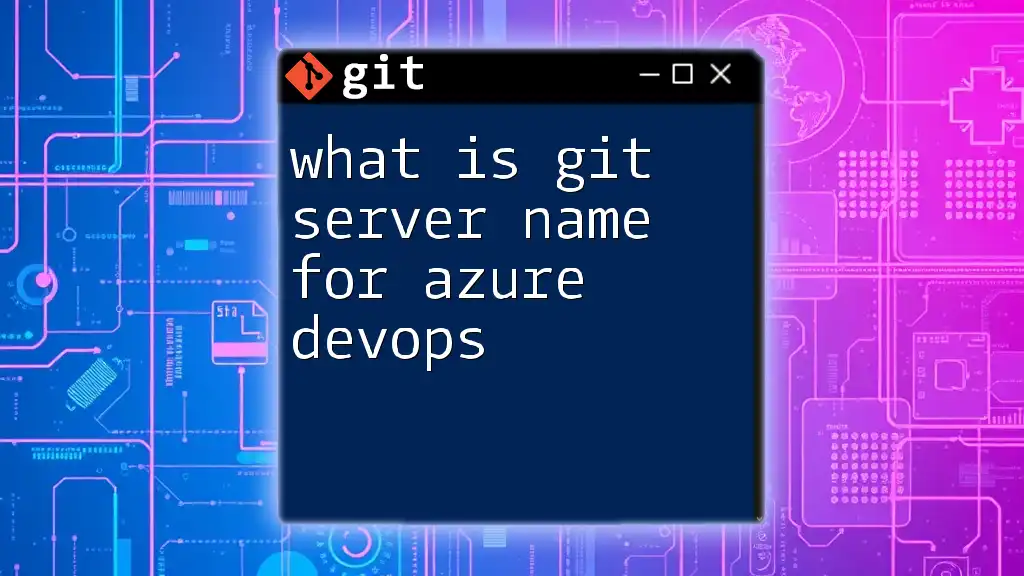Git LFS (Large File Storage) is an extension for Git that allows users to manage large files more efficiently by replacing them with text pointers within Git while storing the actual file contents on a remote server.
Here’s a simple command to initialize Git LFS in your repository:
git lfs install
What is Git LFS?
Git Large File Storage (Git LFS) is an extension for Git that enables developers to manage large files more effectively. While Git excels in tracking changes to text files, it faces challenges with binary files—such as images, audio, and video—due to their size and the way they are stored in repositories. Git LFS addresses these issues by replacing large files with tiny pointer files, while the actual file content is stored on a remote server.
Understanding the Need for Git LFS
Limitations of Standard Git
Standard Git is efficient for version control but it struggles when dealing with large binary files. As the size of these files increases, the repository becomes bulky and slower. Some common issues include:
- Repository Size Concerns: Large binary files can inflate the repo size, leading to delays when cloning or fetching updates.
- Inefficient Diff Operations: Unlike text files, binary files do not benefit from Git's diffing capabilities, making it difficult to track changes.
Use Cases for Git LFS
Git LFS is especially useful in scenarios where large files are common:
- Game Development: Game assets such as textures and models can take considerable space.
- Graphic Design Projects: High-resolution images and large design files accumulate rapidly.
- Video Editing: Video files can be several gigabytes each, making version control cumbersome.
Key Features of Git LFS
File Tracking and Management
Git LFS uses a unique mechanism to track large files. It replaces the actual file in your repository with a pointer file, which holds metadata about the large file, such as its location. This keeps the size of your Git repository manageable.
Efficient Bandwidth and Storage Management
Using Git LFS, you can dramatically reduce the size of your repository on disk. When you push a file tracked by Git LFS, only the pointer file is sent to the remote, while the actual large file goes to the LFS storage. This ensures:
- Reduced Repository Size: Smaller repository sizes lead to faster performance.
- Bandwidth Usage Optimization: This is especially helpful when working in teams or across multiple locations.
Seamless Workflow Integration
One of the advantages of Git LFS is that it integrates smoothly with existing Git workflows. You can perform standard Git operations without needing to change your familiar processes significantly.
Setting Up Git LFS
Installing Git LFS
To get started, you need to install Git LFS. The installation process is straightforward and varies slightly by operating system:
- Windows: Download the installer from the official Git LFS website, run it, and follow the setup instructions.
- macOS: If you have Homebrew installed, you can use the command:
brew install git-lfs - Linux: For most distributions, you can download the binary from the Git LFS releases page.
Initializing Git LFS
After installation, you need to initialize Git LFS in your project using the following command:
git lfs install
This command ensures that Git recognizes LFS files.
Configuring Git LFS for Your Project
Adding Large Files
To use Git LFS for specific file types, you must specify which files to track. This is done using the `git lfs track` command. For example, if you want to track all `.psd` files, execute:
git lfs track "*.psd"
It creates a `.gitattributes` file that ensures Git knows to use LFS for these files.
Checking Your LFS Configuration
To verify which files are currently tracked by Git LFS, you can issue:
git lfs ls-files
This command will list all files tracked by Git LFS.
Committing Tracked Files
Once your large files are tracked, you can add and commit them like any other Git-tracked file:
git add .gitattributes
git add <your-large-file>
git commit -m "Add large files to LFS"
When you push your changes with `git push`, both the pointer file and the actual large file will be uploaded to the LFS storage.
Collaborating with Git LFS
Cloning Repositories with LFS Files
When you clone a repository that utilizes Git LFS, all the tracked files will automatically be fetched. You can do this using:
git clone <repository-url>
Handling LFS Files in Collaborative Environments
When working in teams, it’s essential to establish best practices for managing LFS files. Make sure everyone on the team understands how to use Git LFS, including tracking files and managing storage limits.
Limitations and Considerations of Git LFS
Storage Limits and Pricing Tiers
Git LFS has storage limits that can affect your workflow. While GitHub, GitLab, and Bitbucket offer initial storage for free, you may need to consider pricing tiers for larger teams or projects with extensive LFS assets. Always monitor your usage to avoid unexpected charges.
Performance Impacts
Although Git LFS decreases repository size, it may slow down certain operations, particularly when cloning or fetching large LFS files from remote repositories. It’s essential to weigh these trade-offs when determining whether to implement Git LFS.
Troubleshooting Common Issues
Common Errors and Solutions
One common problem users encounter is the "Missing LFS objects" error, which can occur if some LFS files haven’t been correctly pushed to the server. The solution typically involves running:
git lfs push --all
This command ensures all tracked LFS files are uploaded.
Verifying LFS File Integrity
To maintain integrity within your LFS files, you can verify their consistency using the command:
git lfs fsck
This checks for any corrupted LFS files and provides a detailed report.
Conclusion
In conclusion, understanding what Git LFS is and how to implement it is crucial for managing large files effectively in your Git workflows. By reducing repository size and optimizing bandwidth usage, Git LFS can significantly enhance your version control experience. Whether you are a solo developer or part of a large team, adopting Git LFS can improve your collaboration and file management strategies.
Additional Resources
For further exploration, be sure to check the official Git LFS documentation as well as consider various e-learning platforms that offer courses and guides on mastering Git and Git LFS. Engaging with community forums can also provide practical insights and tips from experienced users in the field.

